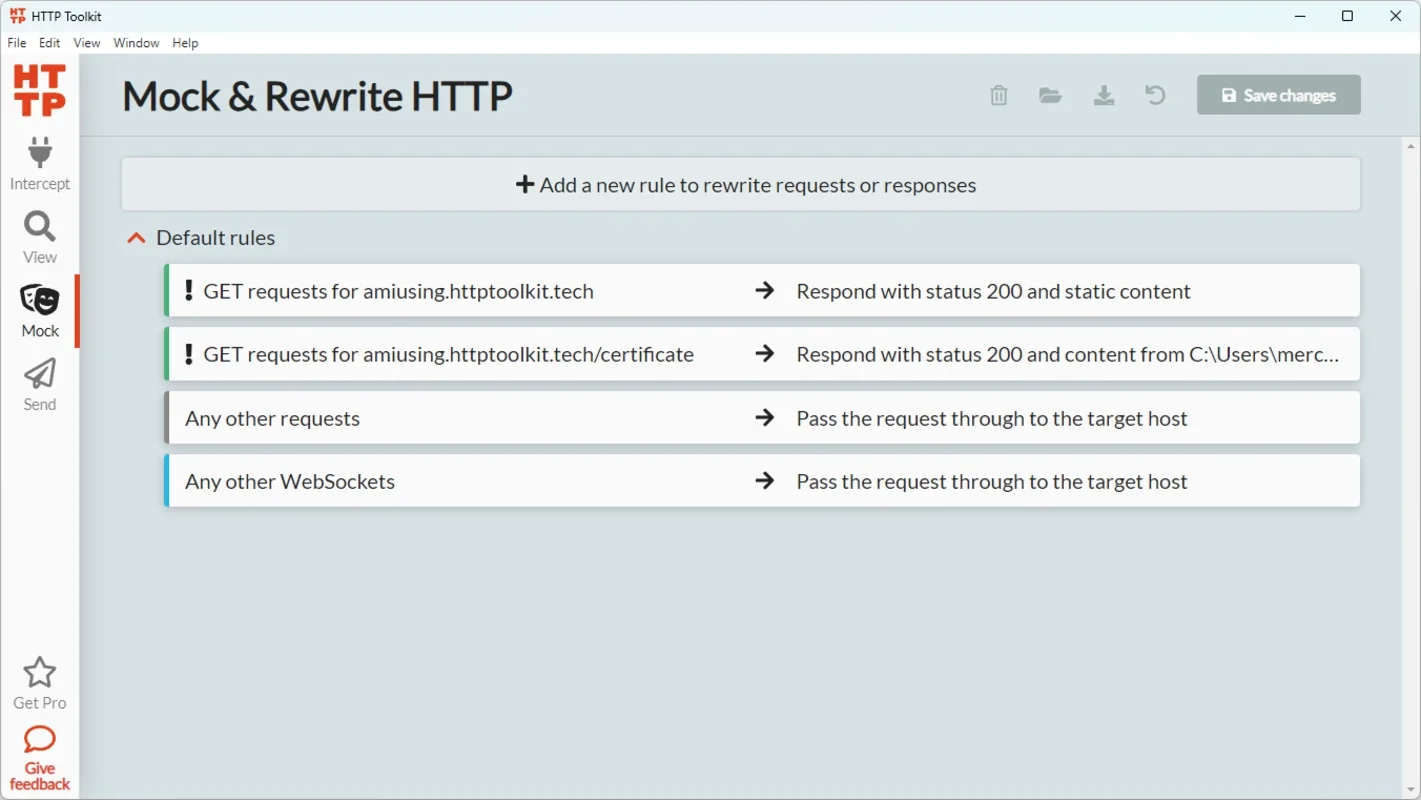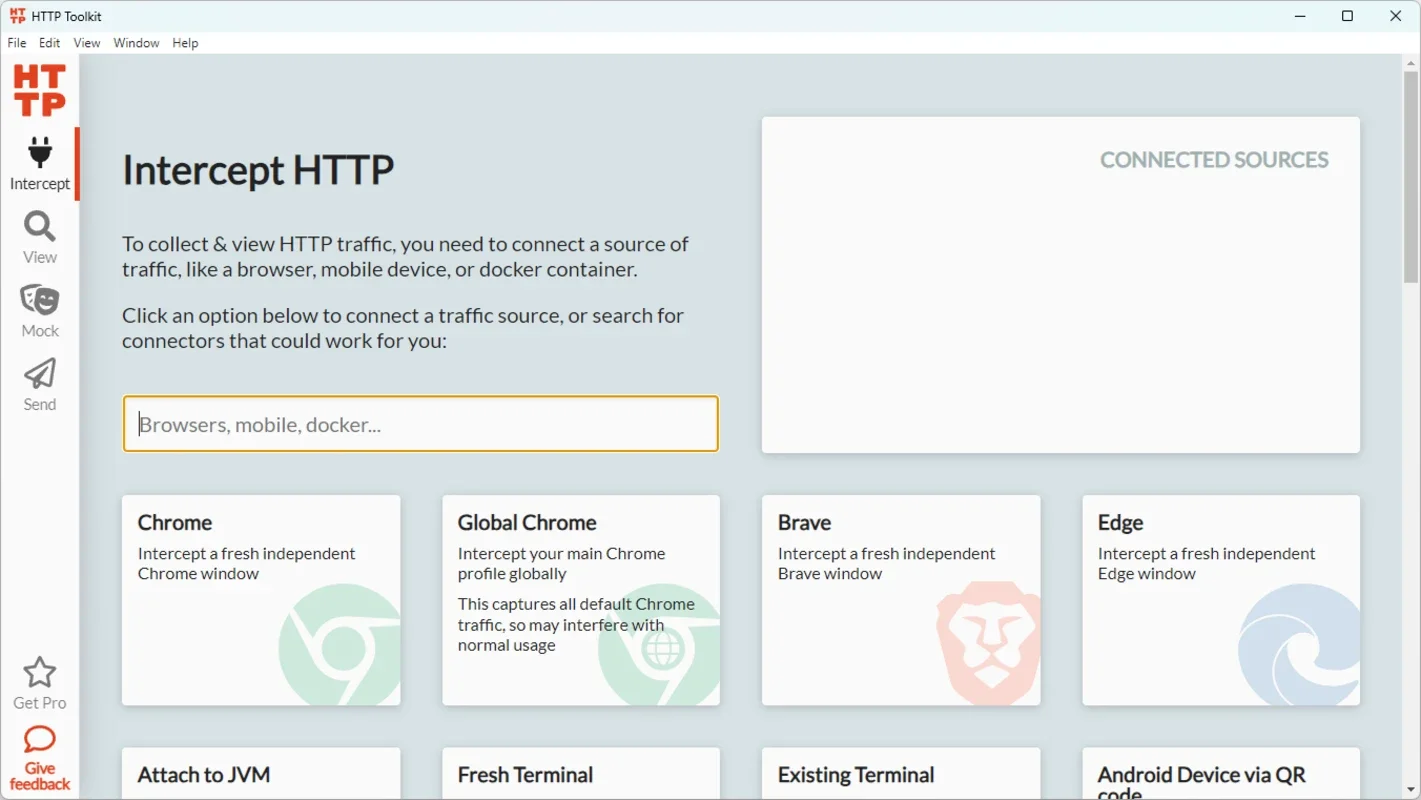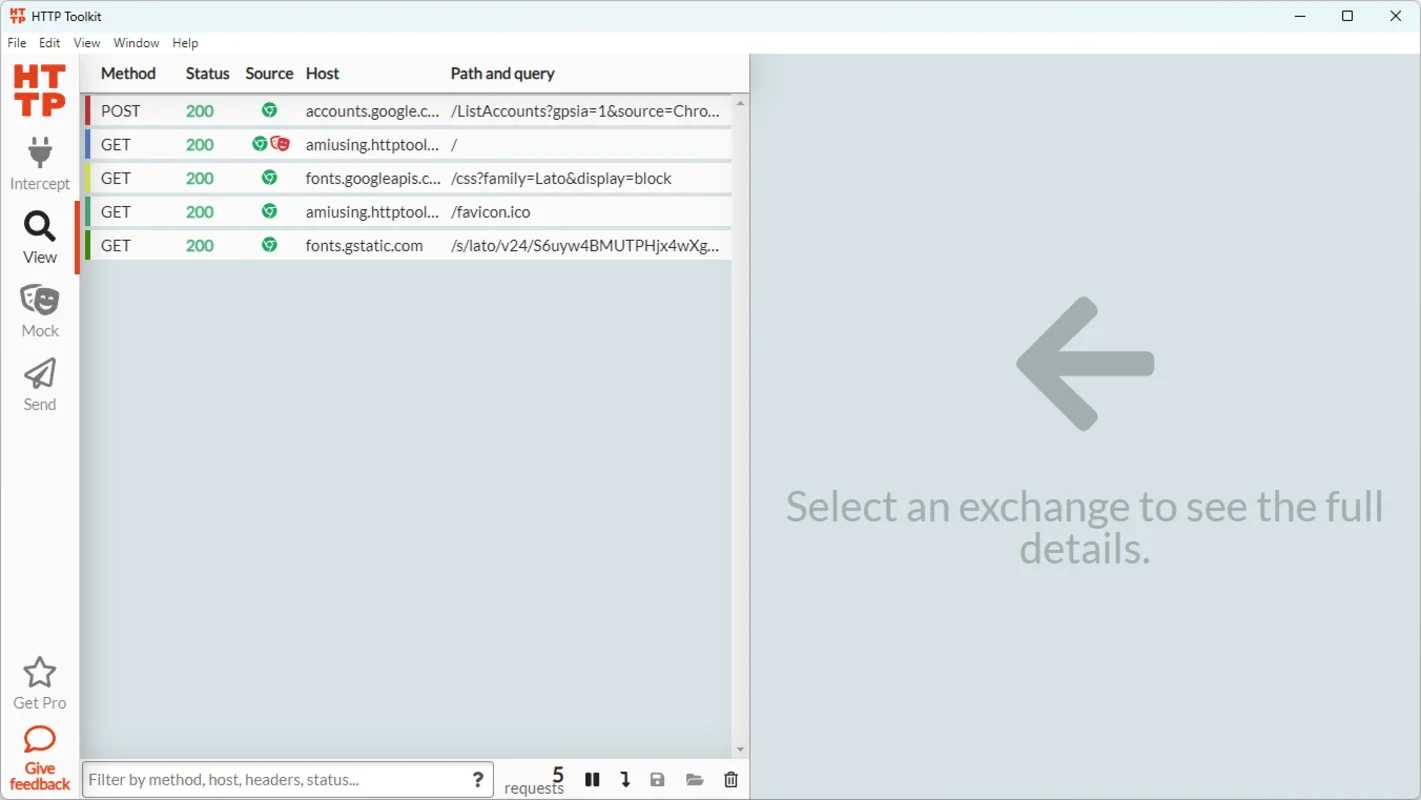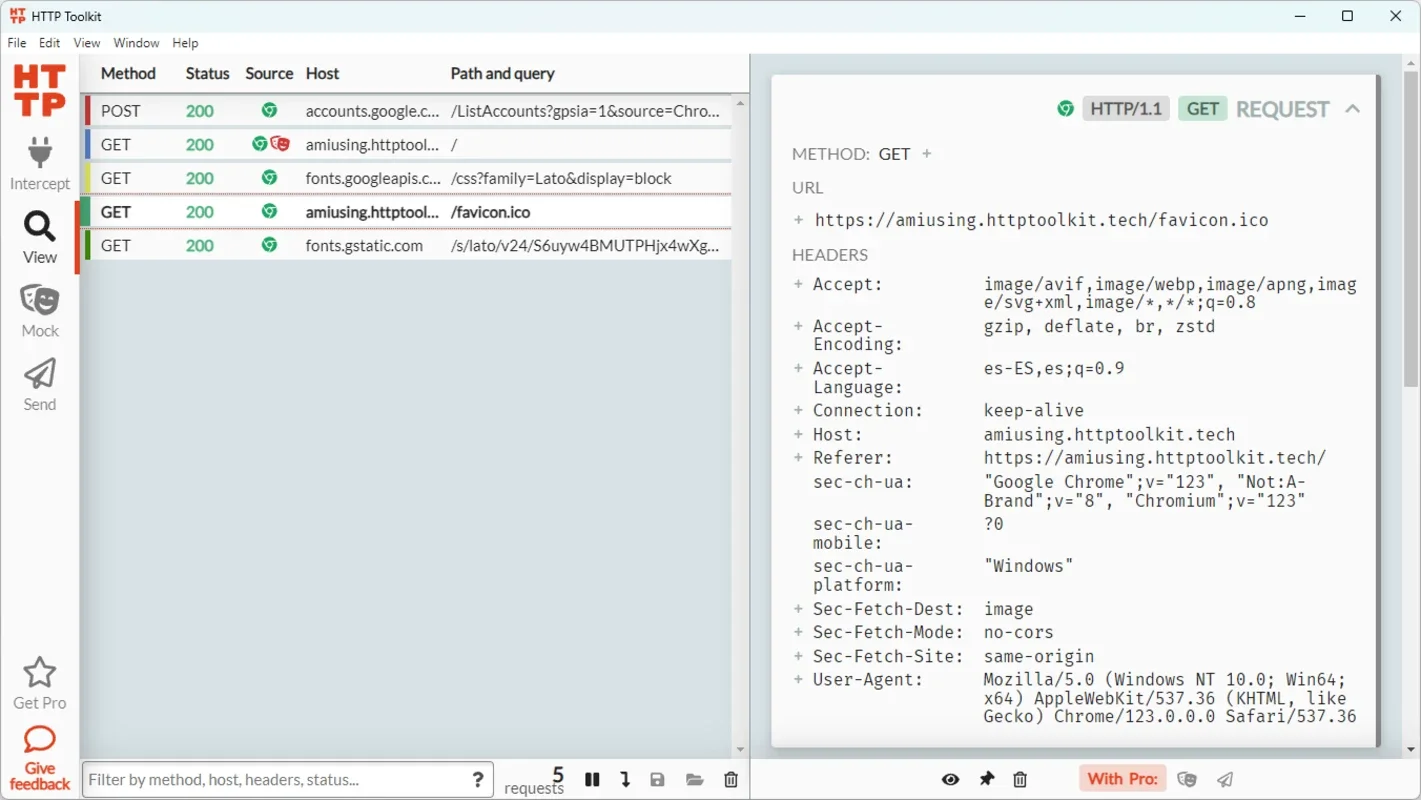HTTP Toolkit App Introduction
HTTP Toolkit is a powerful and innovative software designed specifically for the Windows platform. It offers a comprehensive set of features and capabilities that make it an essential tool for developers, network administrators, and anyone working with HTTP protocols.
Introduction to HTTP Toolkit
HTTP Toolkit provides users with a seamless and intuitive interface for interacting with HTTP requests and responses. It allows for easy inspection, modification, and simulation of HTTP traffic, enabling users to troubleshoot issues, test applications, and gain a deeper understanding of how HTTP works.
Key Features of HTTP Toolkit
- Detailed Request and Response Inspection: Users can view every aspect of HTTP requests and responses, including headers, body, and status codes. This level of detail allows for precise analysis and troubleshooting.
- Request Modification: With the ability to modify HTTP requests, users can simulate different scenarios and test the behavior of applications under various conditions.
- Simulated HTTP Traffic: HTTP Toolkit enables the creation of simulated HTTP traffic, which is invaluable for testing and validating applications before deployment.
- Integration with Development Tools: It integrates seamlessly with popular development tools, enhancing the development workflow and making it easier to incorporate HTTP testing into the development process.
- Real-time Monitoring: Users can monitor HTTP traffic in real-time, providing immediate insights into the communication between applications and servers.
Who is HTTP Toolkit Suitable For?
HTTP Toolkit is ideal for a wide range of users, including:
- Developers: It helps developers debug and test their applications that rely on HTTP protocols, ensuring smooth functionality and performance.
- Network Administrators: Network administrators can use HTTP Toolkit to monitor and troubleshoot network traffic, identify potential issues, and optimize network performance.
- QA Testers: QA testers can utilize the tool to validate the behavior of applications under different HTTP scenarios, ensuring the quality and reliability of the software.
How to Use HTTP Toolkit
Using HTTP Toolkit is straightforward. Once installed on a Windows system, users can launch the application and start interacting with HTTP traffic. The intuitive interface makes it easy to navigate and perform various operations.
- Launching the Application: Open the HTTP Toolkit application on your Windows device.
- Configuring Settings: Users can customize the settings according to their specific needs, such as selecting the interfaces to monitor and setting up proxy settings.
- Initiating HTTP Traffic: Users can start generating HTTP traffic by initiating requests from within the application or by capturing traffic from other applications.
- Inspecting and Analyzing Traffic: Once the HTTP traffic is generated, users can inspect the requests and responses in detail, analyze the data, and identify any issues or areas for improvement.
Comparison with Other HTTP Tools
When comparing HTTP Toolkit with other similar tools in the market, several advantages become apparent. Unlike some competitors, HTTP Toolkit offers a more user-friendly interface, making it accessible to both novice and experienced users. It also provides more advanced features for in-depth HTTP analysis and troubleshooting.
For example, compared to Tool A, HTTP Toolkit offers more detailed request and response inspection capabilities. While Tool A may only provide basic header information, HTTP Toolkit goes beyond that, allowing users to view the entire request and response body.
In comparison to Tool B, HTTP Toolkit's simulated HTTP traffic feature is more robust and flexible. It enables users to create more complex traffic scenarios, making it a more powerful tool for testing and validation.
Conclusion
HTTP Toolkit is a game-changer for anyone working with HTTP protocols on the Windows platform. Its comprehensive features, user-friendly interface, and powerful capabilities make it an indispensable tool for developers, network administrators, and QA testers. Whether you're troubleshooting issues, testing applications, or simply gaining a better understanding of HTTP, HTTP Toolkit is the tool of choice.
With its continuous development and improvement, HTTP Toolkit is set to remain at the forefront of HTTP management tools, providing users with the best possible experience and helping them achieve their goals more efficiently and effectively.



